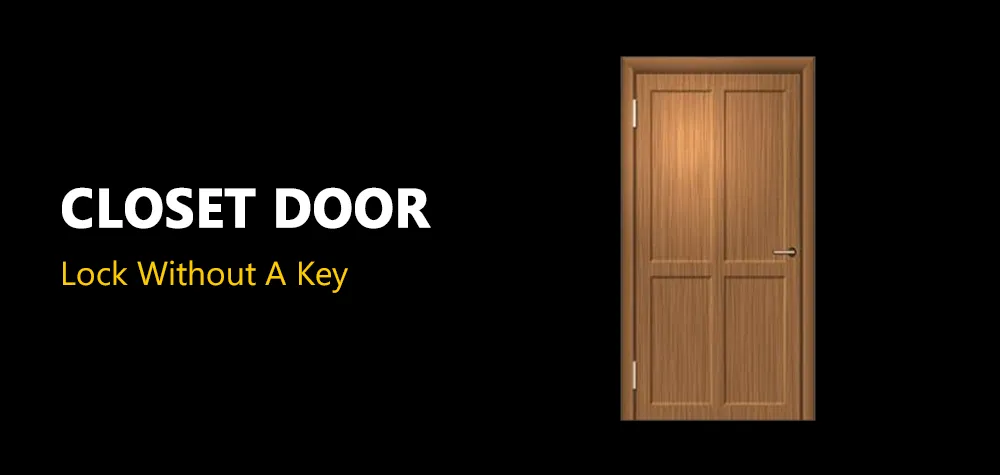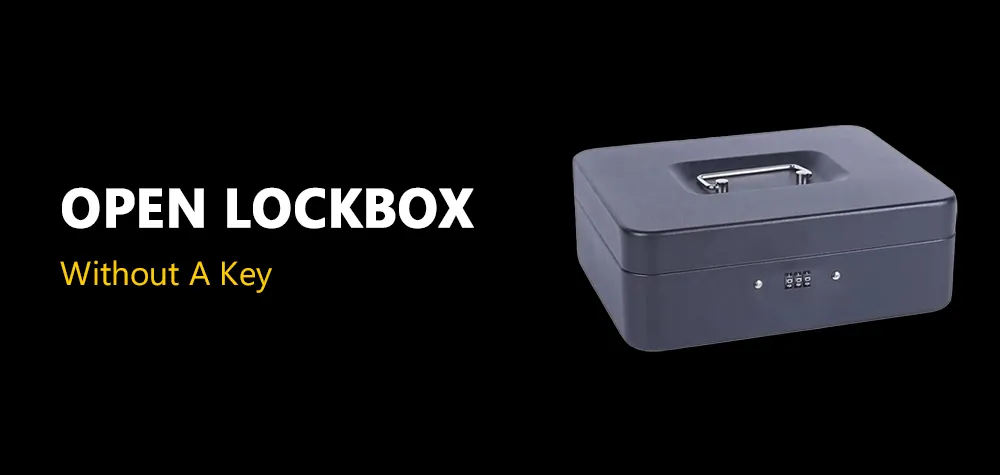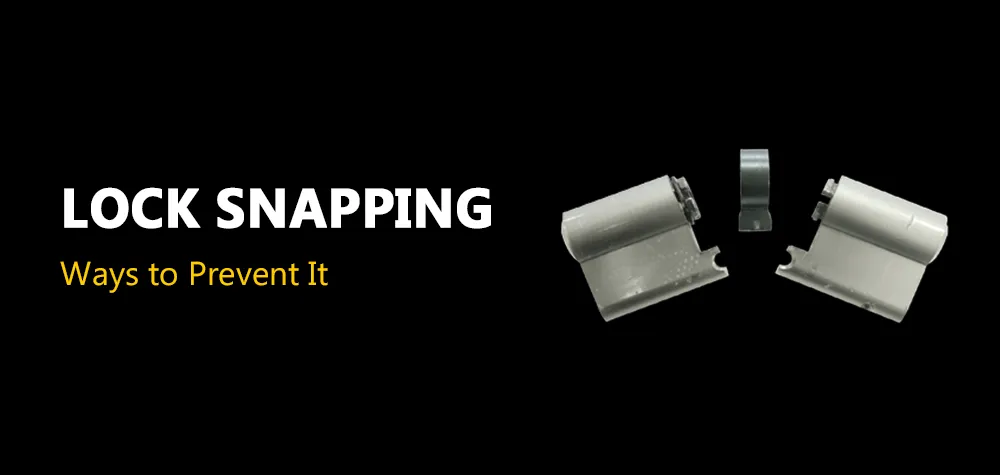Top 10 Tips to Help Prevent Home Lockouts
Call Us Any Time!
24/7 Residential, Commercial & Automotive Locksmith Services
Are you someone who constantly gets locked out of their home? Whether your forgetfulness is your downfall or perhaps your keys were stolen and the situation is out of your hands, getting locked out of your home is frustrating and always occurs at the most inconvenient times. The best thing that you can do is always be prepared for the worst-case scenario. You can properly prepare yourself for a home lockout by reading our top 10 tips to prevent home lockouts. In the case that you still do get locked out and are looking for a reliable locksmith in Manhattan NY, Brothers Locksmith serves the entire Manhattan area and is ready to provide you with exceptional home lockout services. We hope that our tips help!
1. Lock Your Door from the Outside
One of the best pieces of advice that we can give you when it comes to preventing home lockouts is to always make sure to lock the door from the outside when leaving your home, instead of locking the door from the inside doorknob lock. This will ensure that you don’t get locked out since you’ll need your keys to lock the door from the outside and will also remind you that your keys are still inside. Most people get locked out because they forget their keys in the first place and only realize once their door closes and locks behind them. Even if you don’t remember to bring your keys with you when you first head out, you’ll be able to go back inside and retrieve them since the door will be unlocked.
2. Check For Keys Before You Leave
Although this tip directly relates to the first one, it’s still extremely important to remember to make sure that you have your keys before closing the door behind you. Locking your door from the outside will also prevent you from getting locked out in case you forget your keys inside—you can always run back in to grab them. To help you keep track of your house keys you can keep them on a key hook by the door, in an entryway key bowl, or put them in a memorable place along with your wallet and phone.
3. Hide a Spare Key in a Hidden Lock Box
Most homeowners hide a spare house key under doormats, potted plants, or fake rocks. However, burglars are familiar with all the hide-a-key solutions and will easily be able to break into your home. Instead of risking the safety of your family, invest in a lock box and tell your family members the combination code. You can also hide your lock box in a secret location that can be easily remembered but not easily found. Putting your lock box in plain sight is almost as effective.
4. Replace Faulty Locks
To avoid home lockouts, your locks need to be properly taken care of. This could mean using WD-40 to help your locks function smoothly, or getting your locks repaired, or entirely replaced if they’re not working as they should be. Hiring a reputable locksmith in Manhattan NY is an efficient, quick, and safe way to get your locks repaired or replaced. If your door locks are faulty, don’t wait until you get locked out. Call Brothers Locksmith today.
5. Install Smart Locks or Keyless Locks in Your Home
If you’re someone who loses their house keys frequently, you may want to consider getting smart locks or keyless locks installed in your home. Many different smart locks can sync with your phone, eliminating the need for physical keys. With keyless locks, you can easily get into your home by punching in the correct passcode. By using smart or keyless locks homeowners can easily prevent home lockouts since they’ll no longer have to worry about forgetting or losing their keys. However, it is important to note that keyless locks require frequent battery changes, and forgetting to do so could result in a home lockout. Interested in installing smart locks or keyless locks in your home? Call a trusted locksmith in Manhattan NY or better yet, call Brothers Locksmith. We offer 24-hour smart lock and keyless lock installations, repairs, and replacement services to all of New York City. Contact us for more information.
6. Give a Spare Key to Someone You Trust
Giving out a spare key to someone you trust is extremely helpful when you get locked out of your home . If you do get locked out, you could have that individual bring you the key or you could retrieve it yourself. Give a spare key to a trusted neighbor, friend, or family member who lives nearby in case of an emergency. Do you need a spare house key? Brothers Locksmith would be happy to duplicate your house key for you!
7. Upgrade or Change Your Locks
If your door automatically locks when you close it, we recommend switching your locks out to trusted lock brands like Kwikset, Schlage, Baldwin, Emtek, Yale, or Mult-T Lock. If your lock begins to malfunction, it may be time to replace your locks. Call a local locksmith in Manhattan NY to come and check out your locks to see if they need to be replaced or repaired. Don’t put this off—many homeowners get locked out due to faulty locks . We advise you to call a locksmith as soon as you notice any issues with your door locks. Call Brothers Locksmith and we’ll come and take a look at your locks.
8. Leave an Upstairs Window Unlocked
Leaving a downstairs window unlocked is a huge security risk, but leaving a single upstairs window unlocked is a safer bet since most burglars don’t carry ladders with them. If you get locked out of your home and have access to a car, you can go buy a cheap ladder from a hardware store and use it to get back into your home. This is a better alternative, as opposed to breaking a window and paying for the damage.
9. Prepare For Power Outages
It’s not uncommon for people to become locked out of their homes due to power outages. For example, if you usually enter your home through a garage door opener, you would be unable to get in your home if a power outage occurs. It’s crucial to always have a backup method of entry, whether that means carrying a house key on you or placing one in a hidden lockbox . While you could wait for the power to turn back on, this isn’t the best option if you’re in a rush or on a tight schedule since you don’t know how long it will take.
10. Add a Locksmith’s Contact to Your Phone
We cannot stress how important it is to save a locksmith’s phone number on your phone. Keeping a locksmith’s phone number on your fridge won’t help you if you get locked out. Getting locked out of your home is stressful enough and you don’t want to add the stress of finding a trustworthy locksmith on top of that. If you’re looking for a reputable locksmith in Manhattan NY, Brothers Locksmith is known for our excellent customer service and fast response time. We’d be happy to help you out in your time of need!
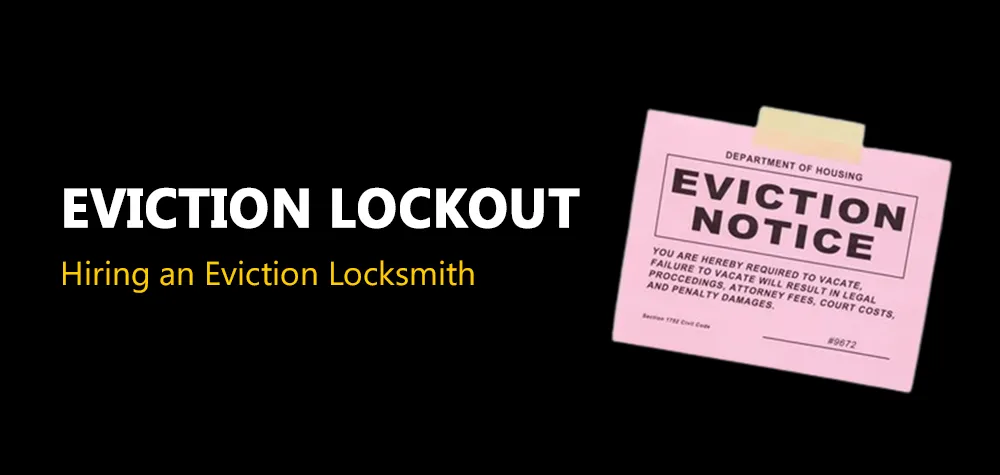
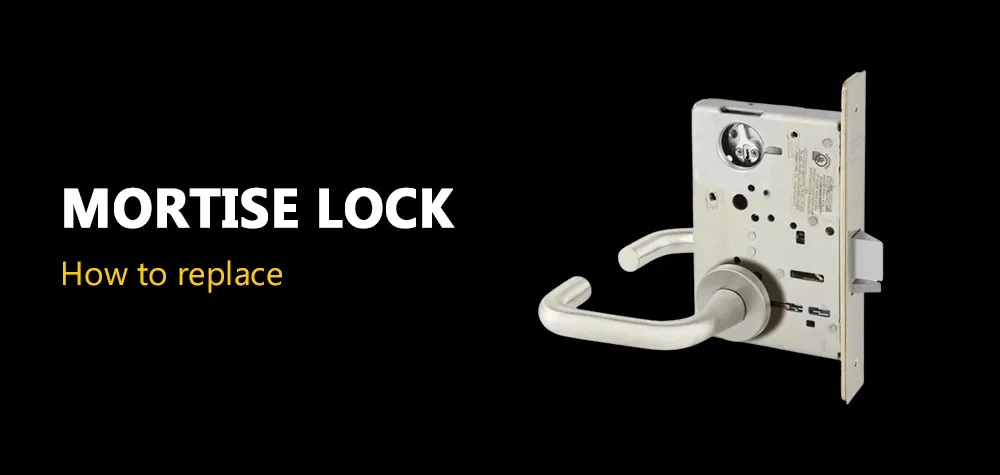

All Rights Reserved | BROTHERSLOCKSMITH.COM
Privacy Policy


